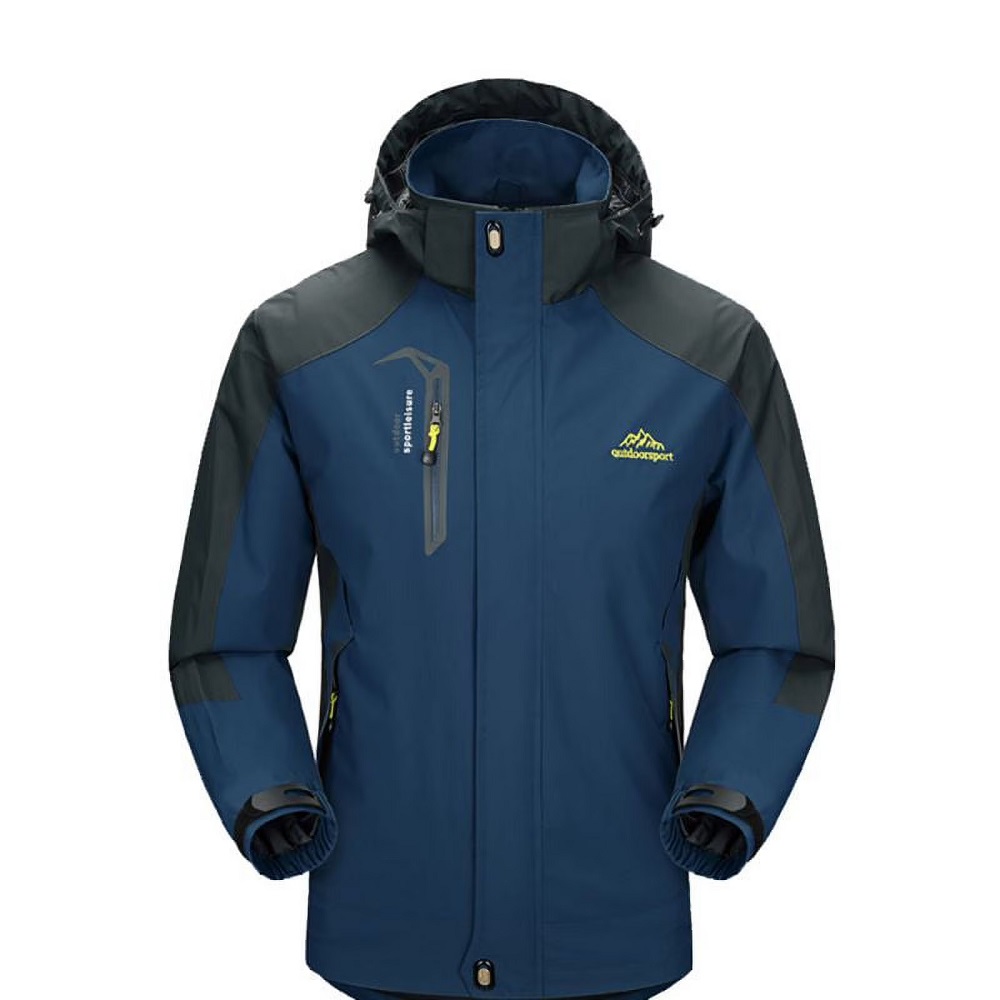
Introduction to Hiking Jackets
The Importance of Proper Hiking Gear
Hiking is an inspiring activity that allows people to connect with nature while enjoying physical exercise. However, selecting the right gear is crucial for a safe and enjoyable hiking experience. Among the most important items in a hiker’s arsenal is a quality hiking jacket. The right jacket provides protection against various elements, including wind, rain, and cold temperatures. A well-designed hiking jacket allows for comfort and flexibility, helping hikers focus on the trail ahead rather than their gear.
Understanding the Function of a Hiking Jacket
A hiking jacket serves several essential functions, including insulation, protection from the elements, and breathability. Whether navigating through rain-soaked trails or encountering chilly mountain winds, a good jacket keeps you dry and warm. Additionally, many hiking jackets feature ventilation systems that allow sweat and moisture to escape, preventing discomfort and overheating. Understanding the functions of a hiking jacket helps hikers make informed decisions about what to look for in their choice of outerwear.
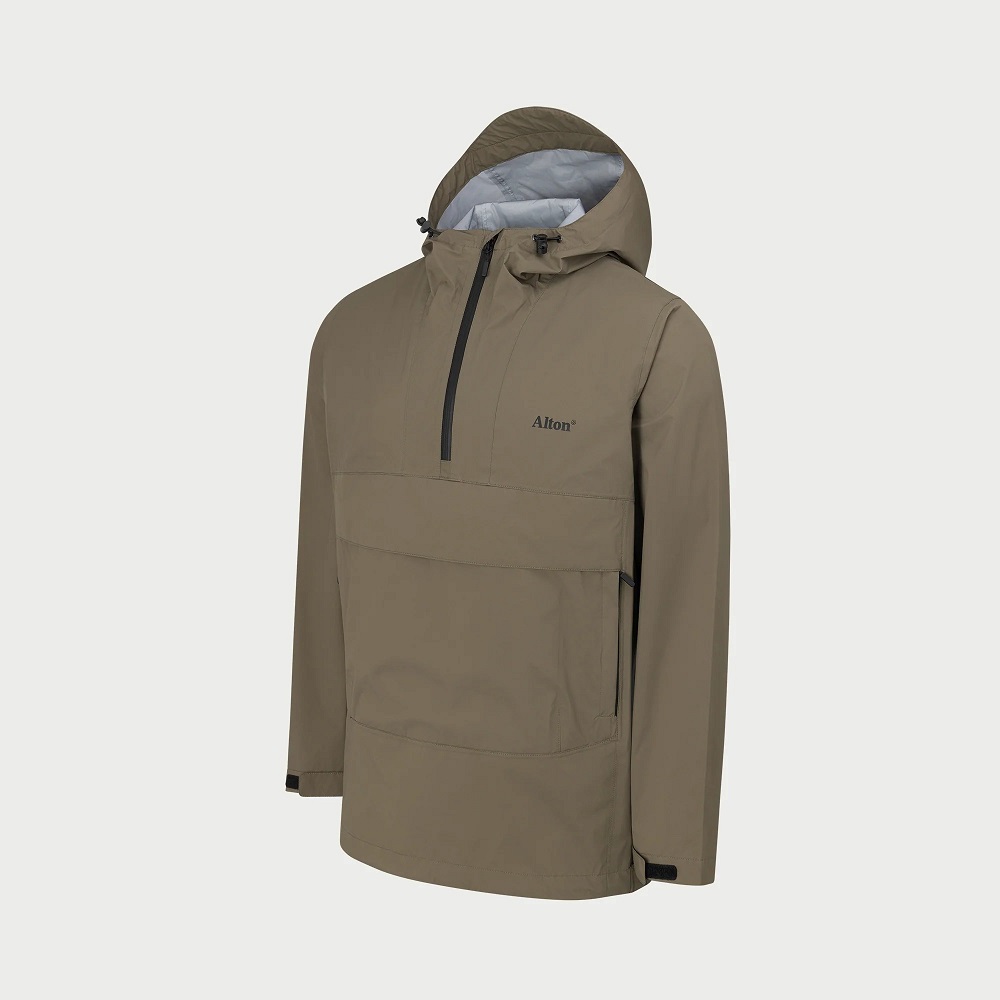
The Goal of the Guide
This guide aims to explore the key features and considerations to keep in mind while selecting a hiking jacket. By delving into fabric types, insulation options, and important design elements, this article serves as a comprehensive resource for anyone looking to invest in a quality hiking jacket. Being informed about these aspects ensures that you find a jacket that meets your specific hiking needs.
Key Features of Hiking Jackets
Waterproofing and Breathability
One of the most important features of a quality hiking jacket is its ability to repel water while allowing moisture to escape. Many contemporary hiking jackets utilize advanced fabric technologies, such as Gore-Tex or similar waterproof membranes. These materials offer excellent waterproofing while maintaining breathability. When choosing a jacket, looking for a waterproof rating is vital; ideally, aim for a minimum of 10,000mm for optimal protection against rain and moisture.
Insulation and Layering Compatibility
Insulation is essential for keeping warm, particularly in colder conditions or at higher altitudes. Hiking jackets typically fall into two categories: insulated jackets and shells. Insulated jackets have built-in warmth, making them ideal for cool weather, while shells are lightweight and provide protection from the wind and rain without added insulation. When selecting a jacket, consider your hiking environment and prevalent weather conditions. It is also important to ensure that your chosen jacket can accommodate layers underneath, allowing you to adjust based on changing temperatures throughout the day.
Fit and Mobility
A proper fit is crucial for any hiking jacket, as it impacts both comfort and mobility. When you are on the trail, freedom of movement allows you to navigate uneven terrain effectively. Look for jackets designed with articulated arms, dropped hems, and adjustable cuffs to achieve a snug yet comfortable fit. While trying on jackets, wear any layers you plan to use while hiking to ensure the best combination of fit and comfort. A well-fitted jacket will enable you to hike with confidence, focusing on the path ahead instead of adjusting your gear.
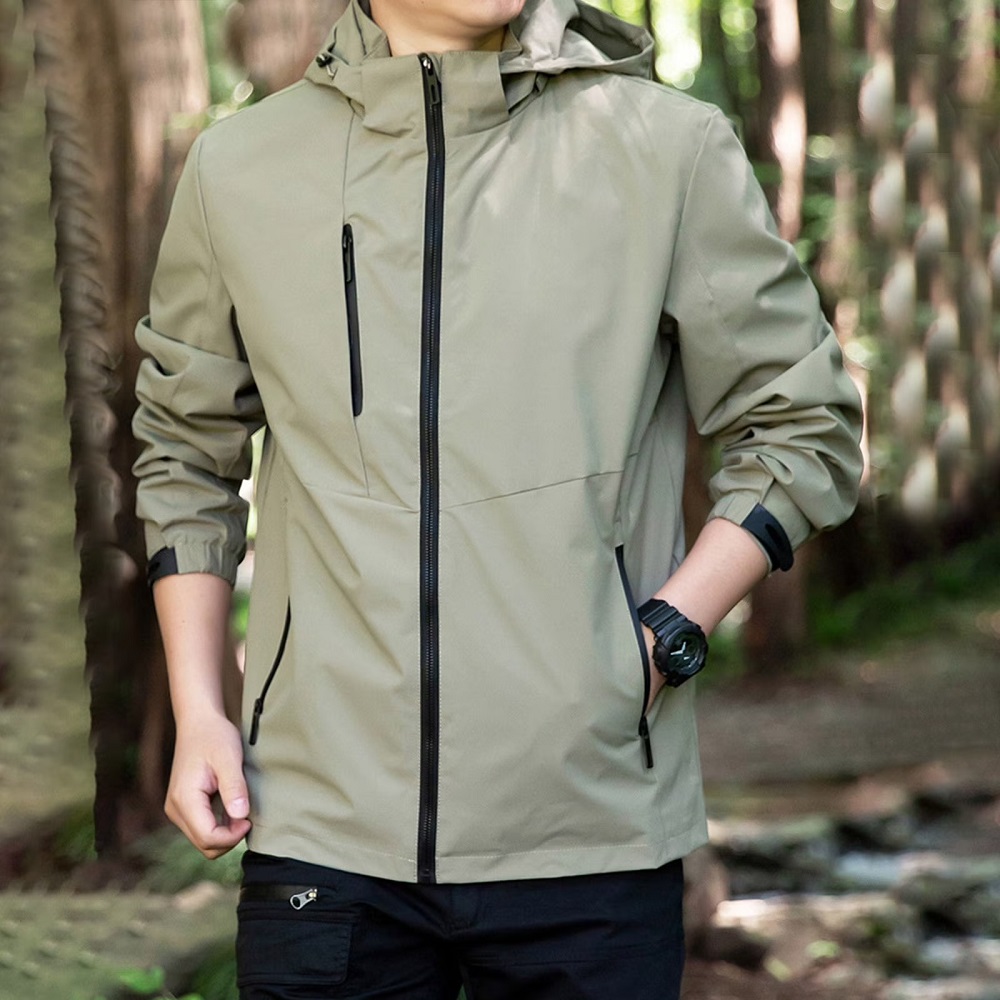
Selecting the Right Material
Understanding Fabric Types
The type of fabric used in a hiking jacket will significantly influence its performance on the trail. Common fabric types include nylon, polyester, and softshell materials, each with unique properties. Nylon is known for its durability and water resistance, making it a favorite for outdoor clothing. Polyester offers lightweight options while retaining good moisture-wicking abilities. When choosing a hiking jacket, consider the predominant fabric and how it aligns with your intended use and weather conditions.
Softshell vs. Hardshell Jackets
When considering the right material for your hiking jacket, understanding the difference between softshell and hardshell jackets is essential. Softshell jackets are typically made from stretchy, breathable materials and are ideal for mild weather conditions and moderate physical activity. They provide flexibility and comfort, allowing for a wide range of motion. In contrast, hardshell jackets are designed for extreme weather protection, often made from stiffer materials that offer excellent waterproofing and wind resistance. Knowing which type suits your hiking style will help you choose the correct jacket for your adventures.
Environmental Considerations
In recent years, many brands have begun using eco-friendly materials in their hiking jackets. Recycled fabrics and sustainable production methods are becoming more common as environmental awareness increases. When selecting a jacket, consider supporting brands that prioritize sustainability in their manufacturing processes. This choice can help reduce your ecological footprint while enjoying outdoor activities.
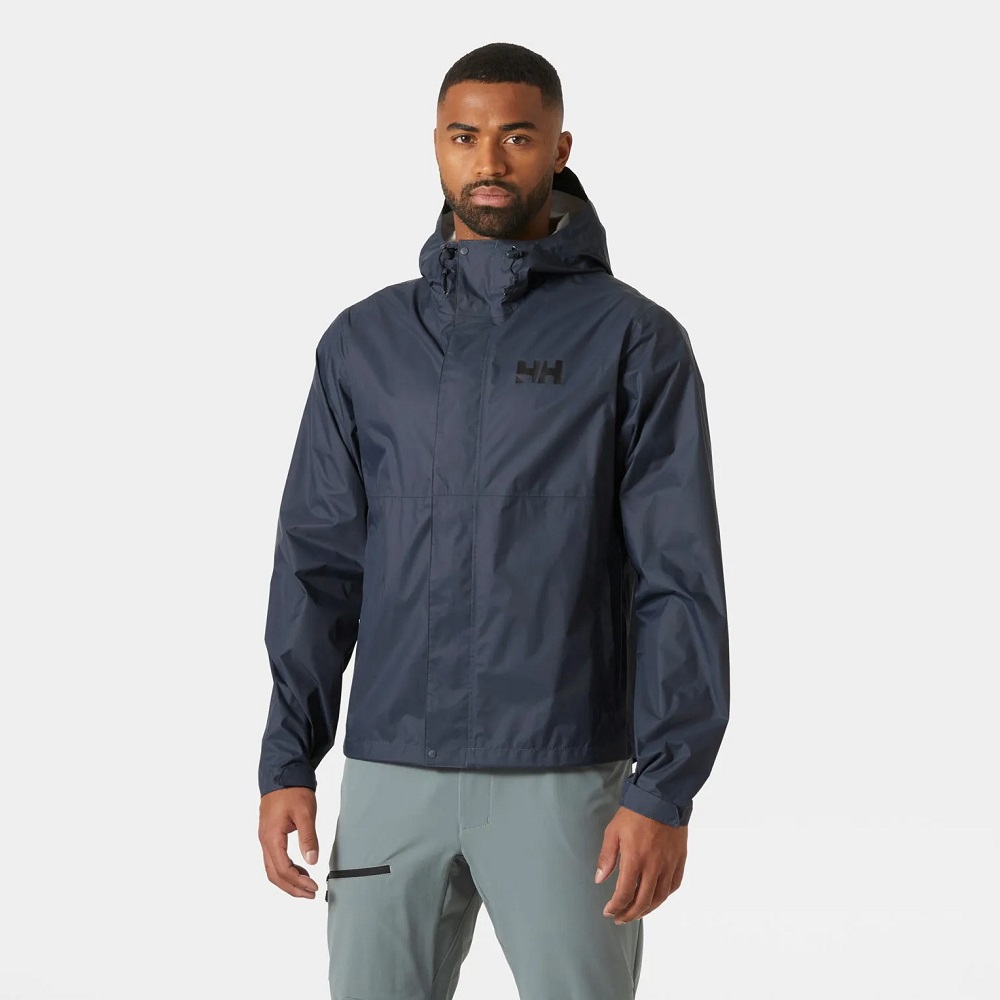
Important Features to Look For
Ventilation and Airflow
When spending time on the trail, maintaining comfort is crucial. Many hiking jackets include ventilation features like pit zips or mesh panels to improve airflow. Ventilation helps prevent overheating by allowing sweat to escape without sacrificing protection from the elements. If you plan on hiking in warm conditions or engaging in strenuous activities, prioritizing jackets with effective ventilation systems will enhance your overall comfort.
Adjustable Features
Look for jackets that offer adjustable elements, such as hoods, cuffs, and hems. An adjustable hood helps keep rain and wind at bay while providing a secure fit around the face. Adjustable cuffs allow you to tighten or loosen the sleeves for added comfort, while a cinchable hem can trap warmth when needed or expand to accommodate layers. These features enable you to customize the jacket to your preferences and provide a tailored fit.
Pockets and Storage Options
Consider the number and placement of pockets when selecting a hiking jacket. Having ample storage for essentials such as maps, snacks, and personal items can significantly enhance your experience on the trail. Look for jackets with zippered chest pockets, hand-warmer pockets, and internal storage options for securing valuables. Choosing a jacket that offers convenient and accessible storage will help ensure you have everything you need without lugging around a bulky pack.
Style Considerations for Jackets
Color and Design
While functionality is the primary focus, aesthetics also play a role in choosing your hiking jacket. Many brands offer a variety of colors and designs, allowing you to express your personality while out on the trail. Choose colors that resonate with you, whether bold and bright or earth tones that blend in with the natural environment. A stylish jacket can enhance your confidence and enjoyment while hiking.
Branding and Logos
Some hikers prefer specific brands known for quality hiking gear. Recognizable logos on jackets can signify trusted quality and often come with warranties for peace of mind. Brand loyalty is common among outdoor enthusiasts, as certain companies have established a reputation for producing top-tier gear. Research your preferred brands and select a jacket that meets your expectations for performance and style.

Trends in Hiking Apparel
The world of hiking apparel is constantly evolving, with new trends emerging to enhance both functionality and aesthetics. Recent trends include lightweight and packable jackets suitable for ultralight backpacking and vibrant patterns that stand out. Opting for a trendy design can make your hikes feel fresh and exciting. Staying informed about the latest trends can enhance your wardrobe and inspire new adventures.
Care and Maintenance of Your Jacket
Regular Cleaning Practices
Proper care of your hiking jacket is paramount for maintaining its performance and appearance. Follow the manufacturer’s care instructions for cleaning, as many jackets require gentle washing to retain their water-repellent properties. Regularly washing your jacket helps remove dirt, sweat, and oils that can accumulate during hikes, ensuring it remains fresh and functional.
Drying Techniques
After washing, it is important to dry your hiking jacket correctly. Most jackets should be air-dried to maintain their shape and durability. Avoid exposure to direct sunlight for extended periods, as this can cause fading and fabric degradation. If the jacket is compatible with machine drying, use a low-heat setting to prevent damage. Proper drying techniques help preserve your jacket’s waterproofing and breathability.
Storage Solutions
When not in use, appropriate storage of your hiking jacket extends its life. Store your jacket in a clean, dry space away from direct sunlight and moisture. Avoid cramming it into tight spaces, as this can lead to creases and damage. Instead, use a padded hanger or fold it neatly when stowing away. By ensuring your jacket is stored properly, you help maintain its quality and readiness for your next hiking adventure.
The Environmental Impact of Hiking Jackets
Sustainable Materials
As outdoor enthusiasts become more environmentally conscious, many brands are prioritizing sustainable materials in their hiking jackets. Fabrics made from recycled plastics and organic materials are becoming increasingly common. Supporting sustainable brands when purchasing your hiking gear helps protect the environment and promotes responsible consumption. This alignment with eco-friendly practices allows you to enjoy your outdoor adventures with a clearer conscience.
Responsible Manufacturing Practices
In addition to sustainable materials, responsible manufacturing practices are essential. Brands that prioritize ethical practices often ensure fair wages and safe working conditions for their employees. By choosing to support such brands, you contribute to a positive impact on the communities involved in producing outdoor gear. Awareness of where and how your gear is made can significantly influence your buying decisions.
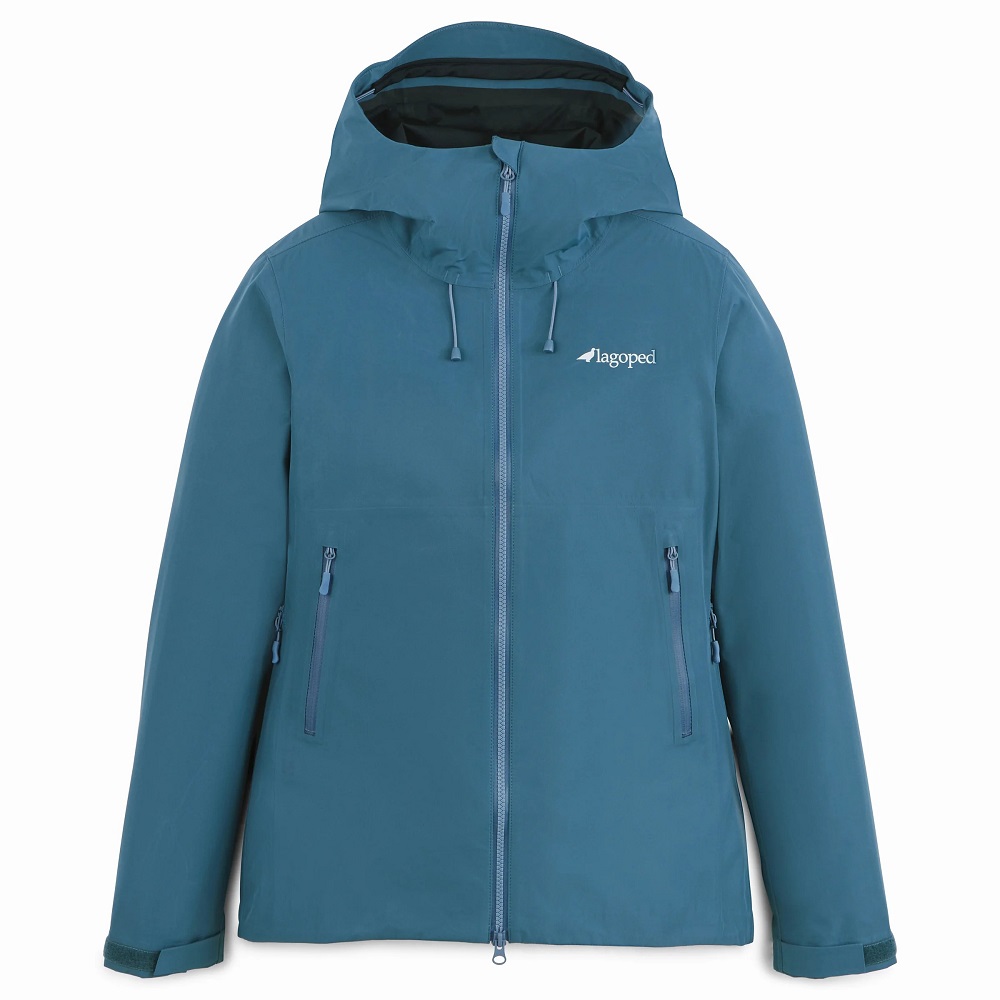
Advocacy for Conservation
Several outdoor brands also engage in conservation efforts, helping protect the natural environments that hikers love to explore. By purchasing from companies that support environmental initiatives, you contribute to conserving natural resources and preserving hiking trails for future generations. This approach fosters a more profound connection to the outdoors, reminding us all of the beauty we must work together to protect.
Conclusion: Embrace Your Outdoor Adventures
The Essential Role of a Hiking Jacket
In conclusion, selecting the right hiking jacket is essential for enjoying outdoor adventures comfortably and safely. With various features, materials, and designs available, you can find a jacket that suits your personal style while enhancing performance. Understanding the importance of key elements like waterproofing, insulation, and breathability empowers you to make well-informed choices, ensuring a positive hiking experience.
Committing to Proper Care
Investing in a high-quality hiking jacket means committing to proper care and maintenance to preserve its longevity. Regular cleaning, correct drying techniques, and thoughtful storage will maintain the performance and appearance of your jacket. By prioritizing maintenance, you can extend the life of your gear and enjoy many hiking trips without worry.
Embracing Nature with Confidence
Ultimately, a well-chosen hiking jacket allows you to embrace the beauty of nature with confidence. Equipped with the right gear, you can explore trails, enjoy scenic views, and connect with the outdoors while staying protected from the elements. So as you prepare for your next hiking adventure, invest in a reliable and stylish jacket that reflects your passion for exploration. Remember, the journey is just as important as the destination, so enjoy every moment on the trail!
